Town & Country Compounding - Experts in compounding for neuroinflammation
NBC News Report Linking Alzheimer's Disease and CNS Inflammation

Brain (CNS) Inflammation
Recently, NBC News released a fascinating report linking central nervous system inflammation and Alzheimer’s. If true, is the first truly “attackable” angle to help prevent and potentially mitigate the symptoms of Alzheimer’s.
This could hold opportunities to advance and focus medication development towards neuroinflammation.
What Can Lead to Neuroinflammation?
- Traumatic brain injuries (Concussions, motor vehicle accidents, injury from violence)
- Autoimmune diseases
- By-products of diseases- circulating endotoxins
- Microglial activation- different components to inflammation are led by microglial cells
- Chronic stress – Chronic stress involves elevated cortisol which can lead to microglial activation via the release of inflammatory cytokines. In other words, stress often causes chronic inflammation which can lead to neuronal injury or death and therefore changes in behavior. It interferes with all stages of neuronal renewal.
- Stress causes people to feel scattered and feeling like they can’t think straight. They often wonder what is happening to them.
How can we quiet that brain cell activation which leads to inflammation?
According to Dr. James LaValle, RG3 and Nicotinamide Riboside may help.
RG3 (Synapsin®) Spray
Synapsin is an innovative, patent-pending powder blend of ginsenoside Rg3 and nicotinamide riboside along with ingredients to aid in solubilization and dispersion.
It is designed to be used in formulations for the support of neurological health and cognitive support.
This medication requires a prescription. Contact us for more information.
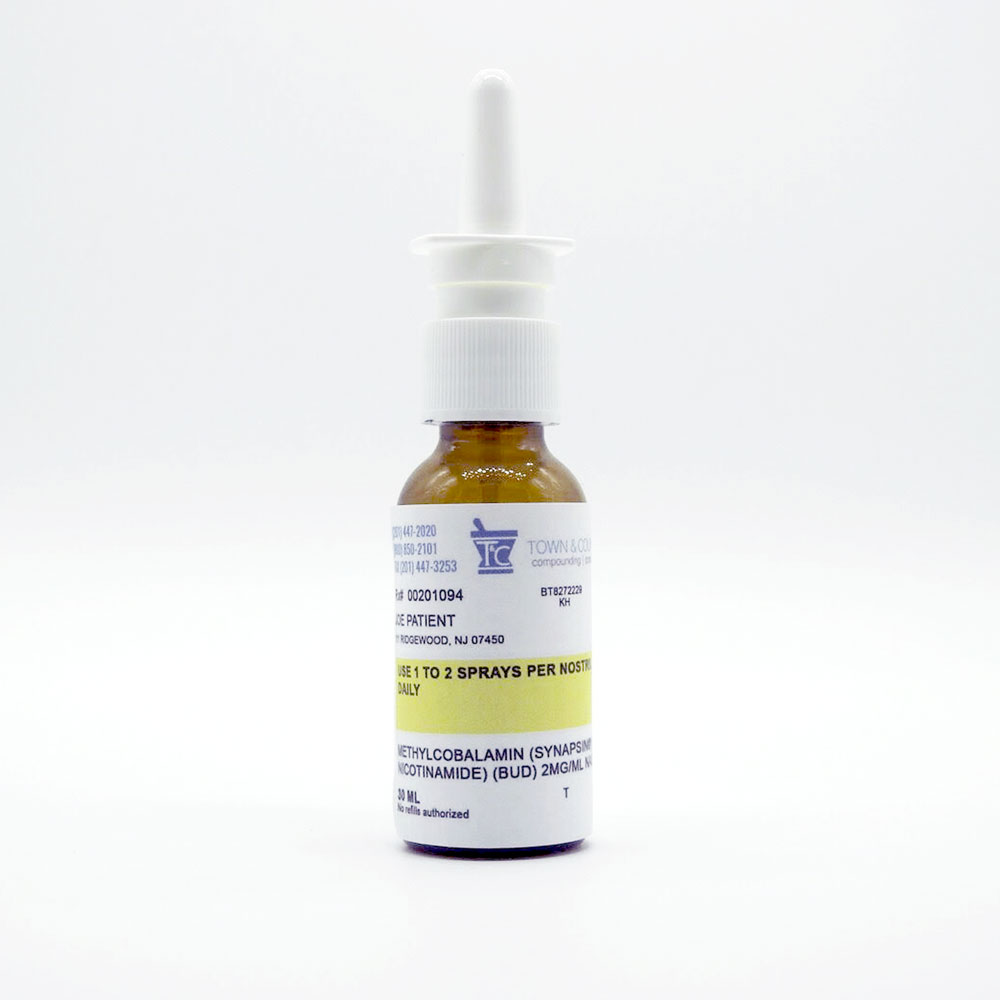
Town & Country Compounding are experts in compounding RG3 (Synapsin®) Spray
Low Dose Naltrexone (LDN)
Read about the mechanism in which low dose naltrexone LDN works to reduce inflammation.
Abstract Low-dose naltrexone (LDN) has been demonstrated to reduce symptom severity in conditions such as fibromyalgia, Crohn’s disease, multiple sclerosis, and complex regional pain syndrome. We review the evidence that LDN may operate as a novel anti-inflammatory agent in the central nervous system, via action on microglial cells. These effects may be unique to low dosages of naltrexone and appear to be entirely independent from naltrexone’s better-known activity on opioid receptors. As a daily oral therapy, LDN is inexpensive and well-tolerated. Despite initial promise of efficacy, the use of LDN for chronic disorders is still highly experimental. Published trials have low sample sizes, and few replications have been performed. We cover the typical usage of LDN in clinical trials, caveats to using the medication, and recommendations for future research and clinical work. LDN may represent one of the first glial cell modulators to be used for the management of chronic pain disorders.
What is Low Dose Naltrexone (LDN)?
Naltrexone belongs to a class of drugs known as opioid antagonists. Naltrexone blocks opiate drugs from binding to the opioid receptors, which can result in increased endorphin and enkephalin release. Therefore, this results in reduced: 1. signaling and release of inflammatory substances, 2. nerve cell inflammation and 3. autoimmune mediators.
This medication requires a prescription. Contact us for more information.
Low Dose Naltrexone (LDN) FAQs
It’s important to ask questions when researching medications, especially when it comes to pain relief. Town & Country Compounding’s John Herr, RPh., has become a national expert by studying and connecting with global experts in LDN, and has helped a vast amount of patients get through chronic pain.
Do you have a question for a pharmacist?
Related prescription products
-
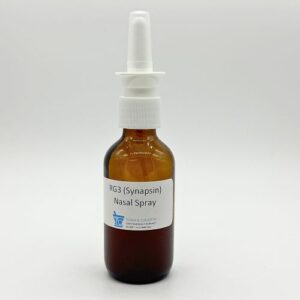
RG3 (Synapsin®) Nasal Spray
-
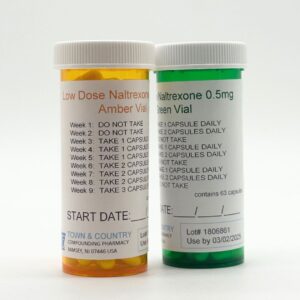
Compounded Low Dose Naltrexone (LDN)
-
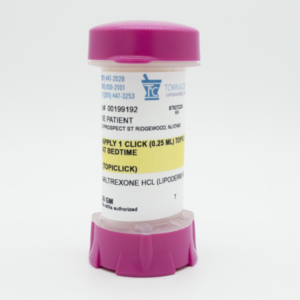
Topical Low Dose Naltrexone (LDN) in a Cream
-
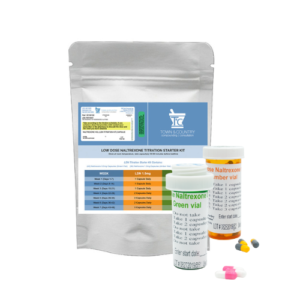
Low Dose Naltrexone (LDN) Titration Kit Using Oral Capsules
-
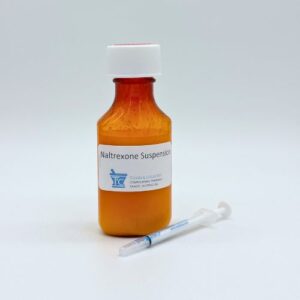
LDN Low Dose Naltrexone Titration Kit Using Oral Liquid
-

Low Dose Naltrexone Oral Liquid
-

Low Dose Naltrexone (LDN) Medication for Animals/Pets/Vet Use
-
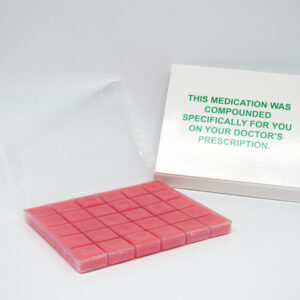
Oral Low Dose Naltrexone (LDN) in a Troche or Lozenge
-
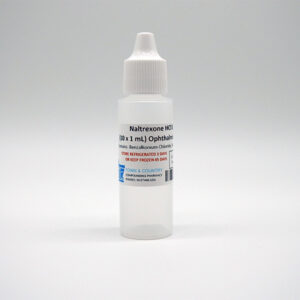
Low Dose Naltrexone (LDN) Eye Drops
-

Ultra-Low Dose Naltrexone (ULDN) in Oral Liquid
-

Very Low Dose Naltrexone (VLDN) in Capsules
-
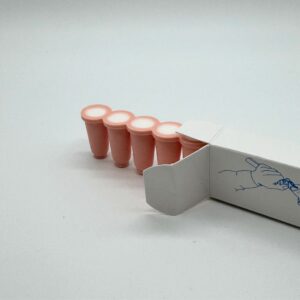
Low Dose Naltrexone (LDN) Suppositories
-
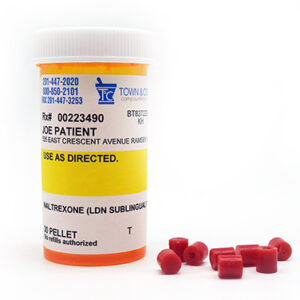
Oral Low Dose Naltrexone (LDN) Mini-troches
